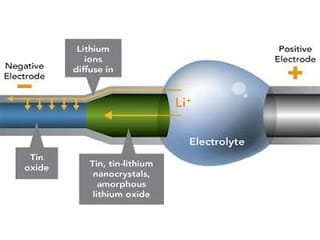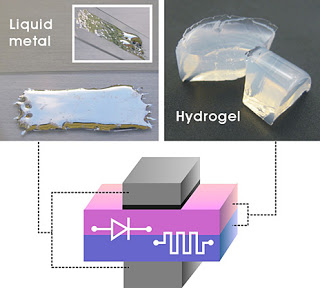Well, seeing as after alibaba’s comment about Rex Bionics someone from the company left a comment too, I finally went and had a good look at the site. Excellent stuff. It’s quite surprising to realize we are still in an age when the inventor(s) in a shed can make a difference:
Rex, the Robotic Exoskeleton, is primarily the invention of two men, Richard Little and Robert Irving who have been close friends since they first met at high school over 20 years ago in Fort William, Scotland.
Sharing a love for cars and tinkering with machines, the two friends left school to study engineering and went on to work together at various times and in various climates throughout their careers until they both decided to emigrate to New Zealand in the early 1990s.
With already so much in common, the two friends also had first-hand knowledge of some of the obstacles and access issues faced many wheelchair users. Both have mothers who use wheelchairs, and when Robert Irving received a diagnosis for Multiple Sclerosis himself just over seven years ago, he understood that he might also need to use a wheelchair one day.
That was when the two friends and founders of Rex Bionics decided that they would use their engineering know-how to develop a realistic standing and walking alternative to wheelchairs.
Watching this video my first thought was about how slow these robotic legs are, but then realized that it’s not just about being able to walk, since there’s lots of health issues involved too: blood supply, muscle movement, bladder etc. I then have to wonder about other practicalities, like battery life, but it turns out that ain’t such a probem. Two hours isn’t going to take you along the length of the Penine Way, but the improvements in lifestyle could be huge. Then there are things like unit cost what with these bionic legs having ‘4700 parts and a complicated array of software’ as compared to a wheelchair (with our NHS and NICE these things must be thought about in Britain), but you cannot make comparisons like that. I don’t know if these things are quite well enough developed to enable a paraplegic to go to the toilet, but I’m guessing that possibility is not far away, then just think of the overall savings to society as a whole: no more houses needing to be built with wheelchair access, no more the necessity of toilets for the disabled.
However, they need to move faster, and they need to be designed in such a way that a person can sit and take a dump while wearing them. Sorry to be crude, but that’s reality. Maybe if you’re still checking in, Thomas, you can tell us about this sort of stuff?








